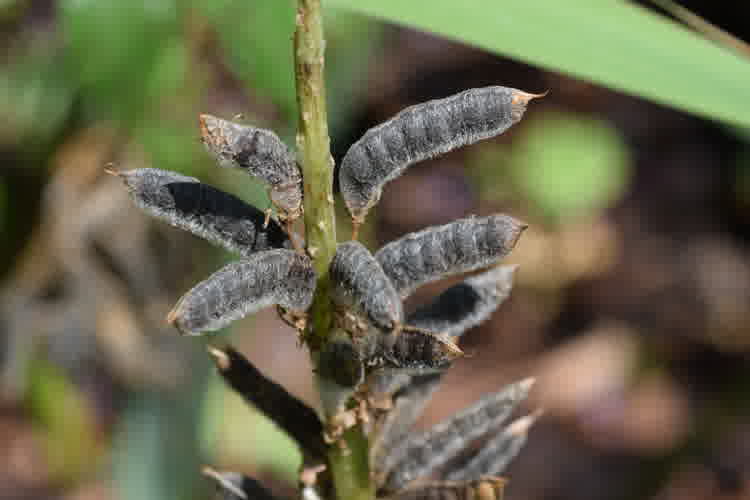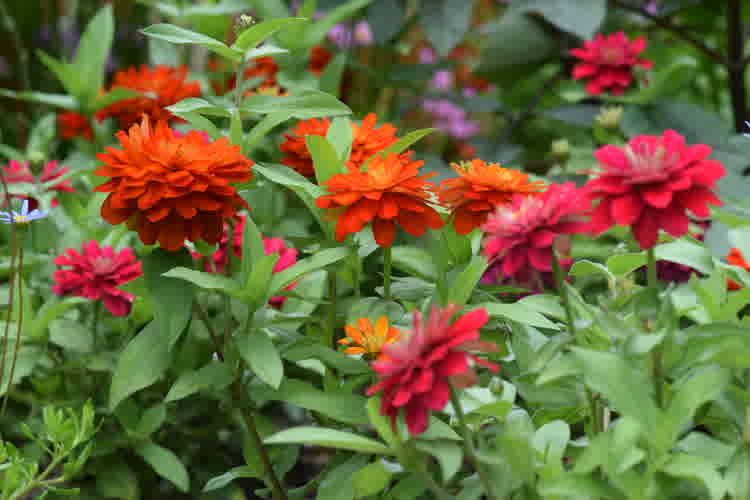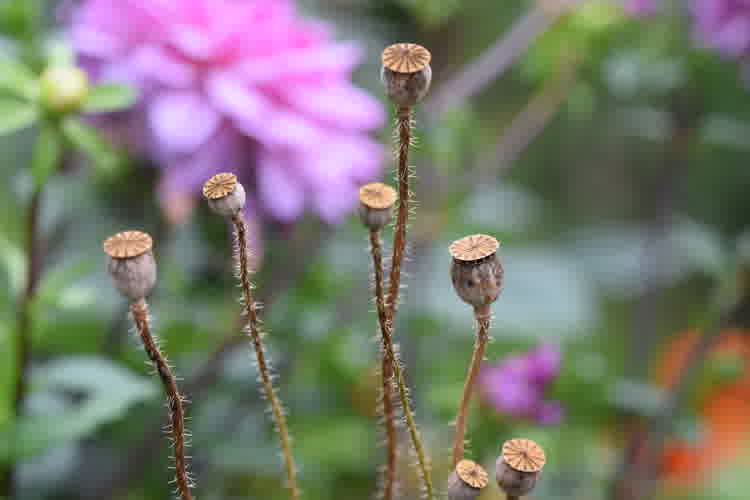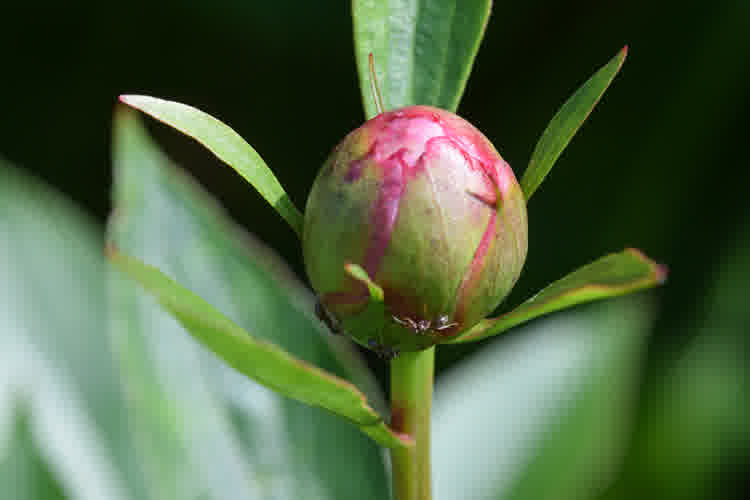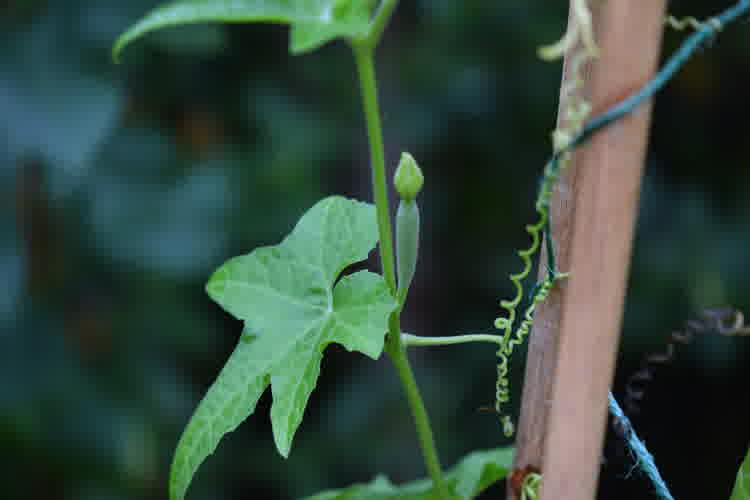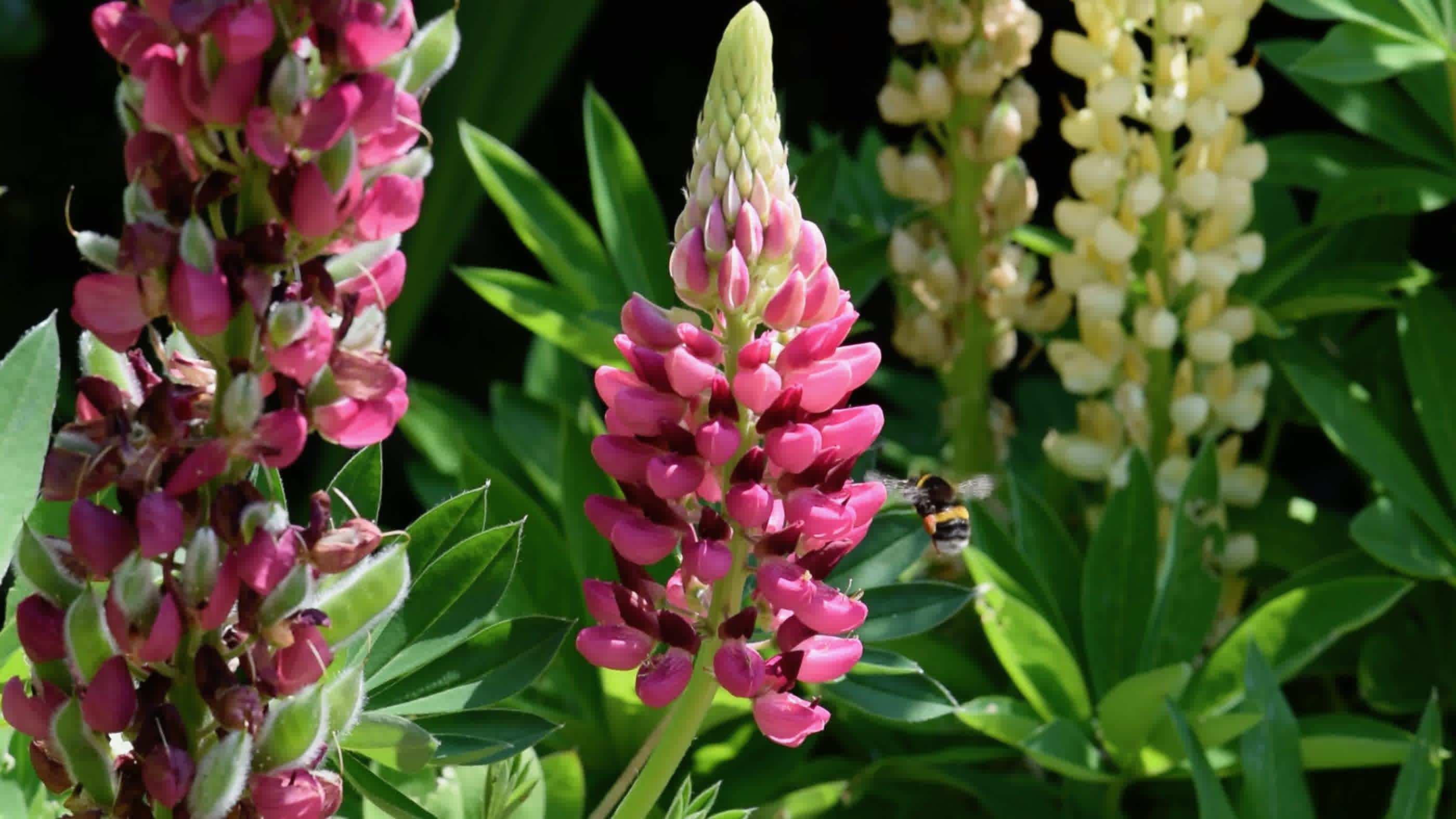
Lupins
Table of Contents
Varieties
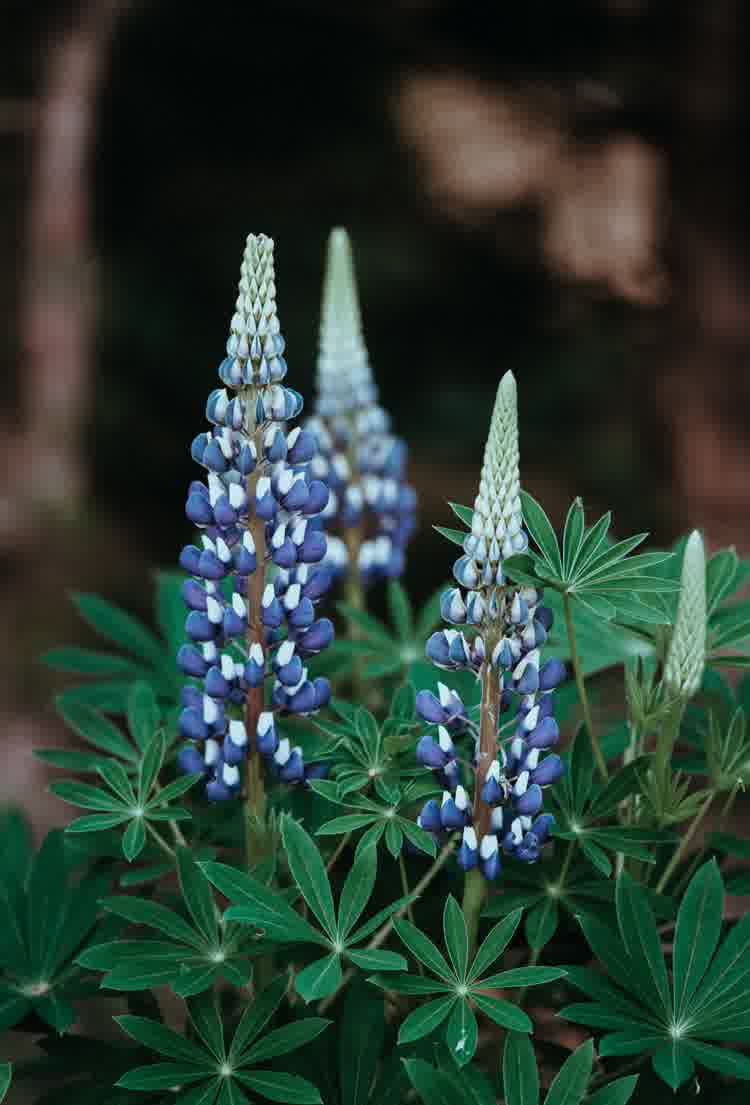
There are multiple varieties of lupins ranging in colour, height and appearance.
Most lupins are flowerbed and border plants.
Lupins range in colour from purple, red, yellow, white, blue, and pink, either as single solid colours or bicoloured.
Flower height differs, but most lupins grow to around 60cm-90cm, with the larger varieties, such as the Russell hybrids, reaching up to 1.2m.
In addition to the above, there is also a tree lupin (Lupinus arboreus), which is an evergreen shrub. Tree lupin flowers are typically yellow, with flowering stalks (raceme) around 25-30cm long. Fully grown, the shrub will be around 2m tall and wide
Most lupins are hardy perennial plants.
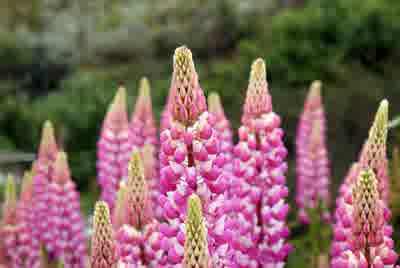
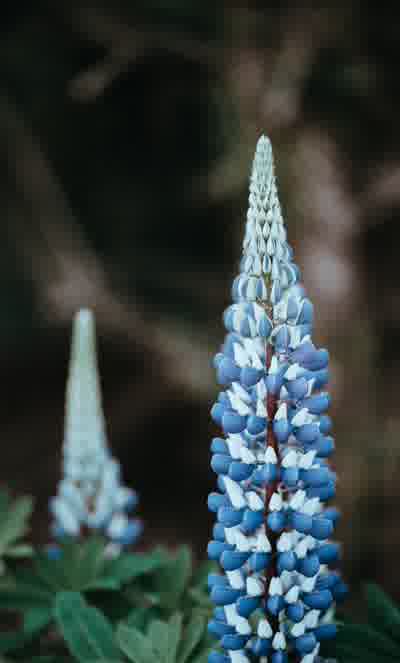
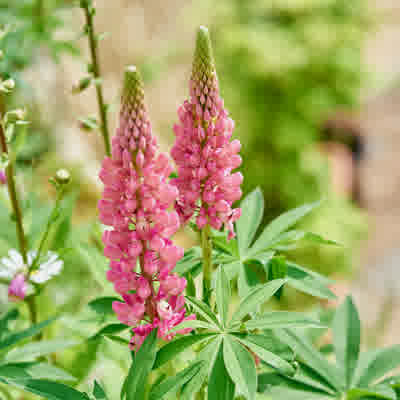
Planting
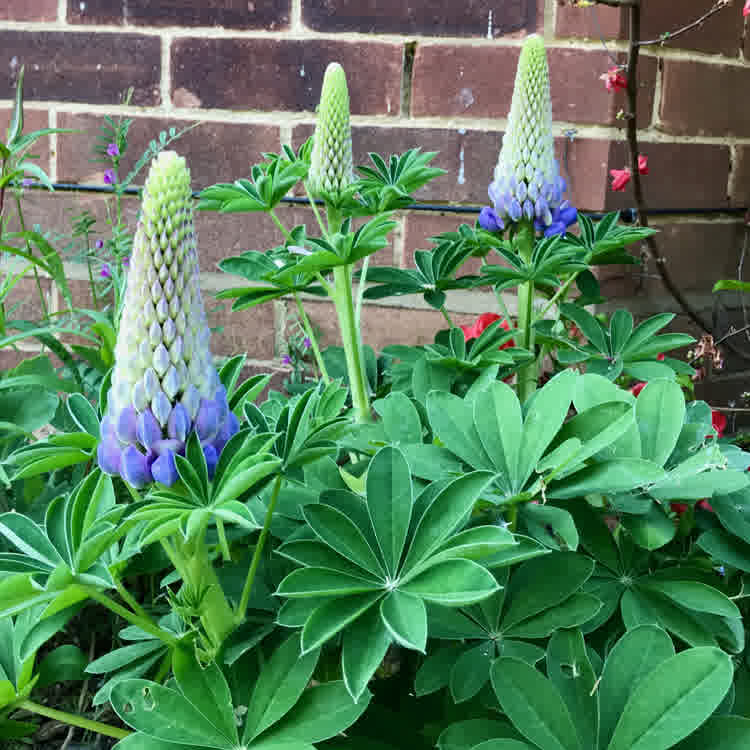
Plant lupins in full sun and well-draining soil.
They will grow in partial shade. However, producing fewer flowers.
Lupins are perfect set within flowerbeds. Plant the taller varieties towards the back.
As lupin flowers can get quite tall, it's best to grow them in a sheltered location, protected from the wind.
Planting lupins is straightforward. Plant them in the garden between March to May.
Dig a hole to the depth and slightly wider than the container, place the lupin in and backfill the hole, then water the plants.
There is no need to fertilise them at this stage. If you are planting on heavier soils, like clay, add horticultural grit to aid drainage.
Space lupins out by about 25cm and up to 40cm apart for the larger varieties.
Ongoing care
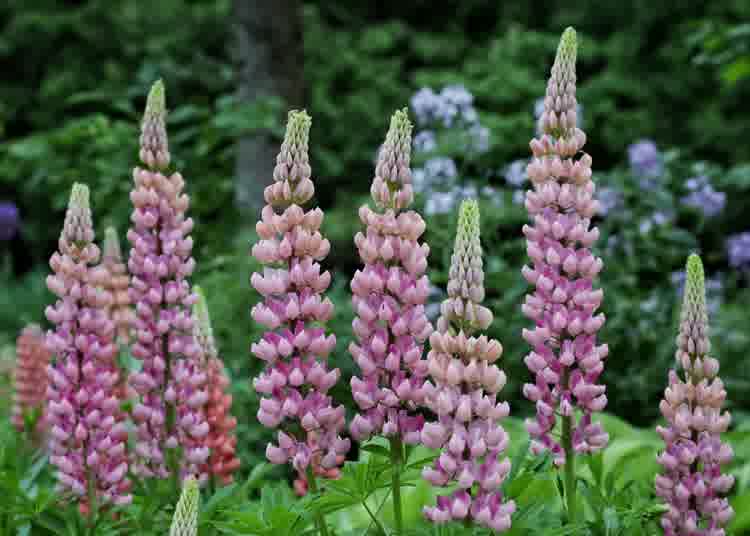
Lupins are relatively low-maintenance plants.
Lupins will do best in lightly moist, well-draining soil, so water as required.
However, if the soil becomes too damp, allow it to mostly dry before the next watering, as lupins are somewhat drought tolerant. Never let the soil become waterlogged.
Taller flower spikes may require some additional support through staking if planted in exposed areas.
Deadheading the flowers once spent will encourage new ones to grow.
Lupins do not usually require regular fertilising.
Pest and diseases
Lupins are generally problem free, but they can become plagued by pests.
Regularly inspect for signs of pests and control them as soon as possible.
Pests
Slugs and snails will happily devour your lupin leaves if given a chance.
Symptoms include eaten-away leaves with ragged edges and holes and that silvery slime trail of destruction.
There are many suggested methods to deter these pests, such as sharp grit, egg shells, copper tape, planting slug-repelling plants...., and the list goes on.
Many people swear by these methods. However, some claim varying results.
The method we have found to have the best results is copper tape. Copper reacts with slugs and snails, irritating them, which should stop them from crossing it. Ensure the copper surrounds the plants you want protecting, and there are no adjacent plants the pests could use to reach your lupins.
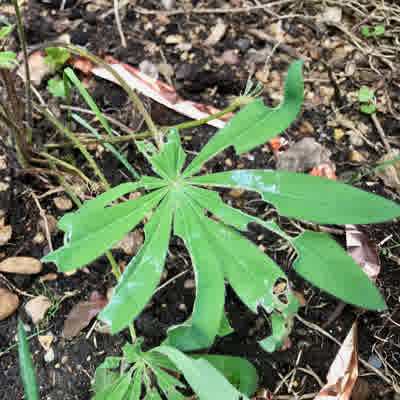
As the name suggests, lupin aphids feed on lupin plants. When not controlled, they can cause the plants to wilt and become unsightly. You can try and minimise their damage by squashing or hosing them off as a first means of controlling them.
However, additional methods of control may be needed. Check out this article for more on lupins, including how to control aphids and other pests.
